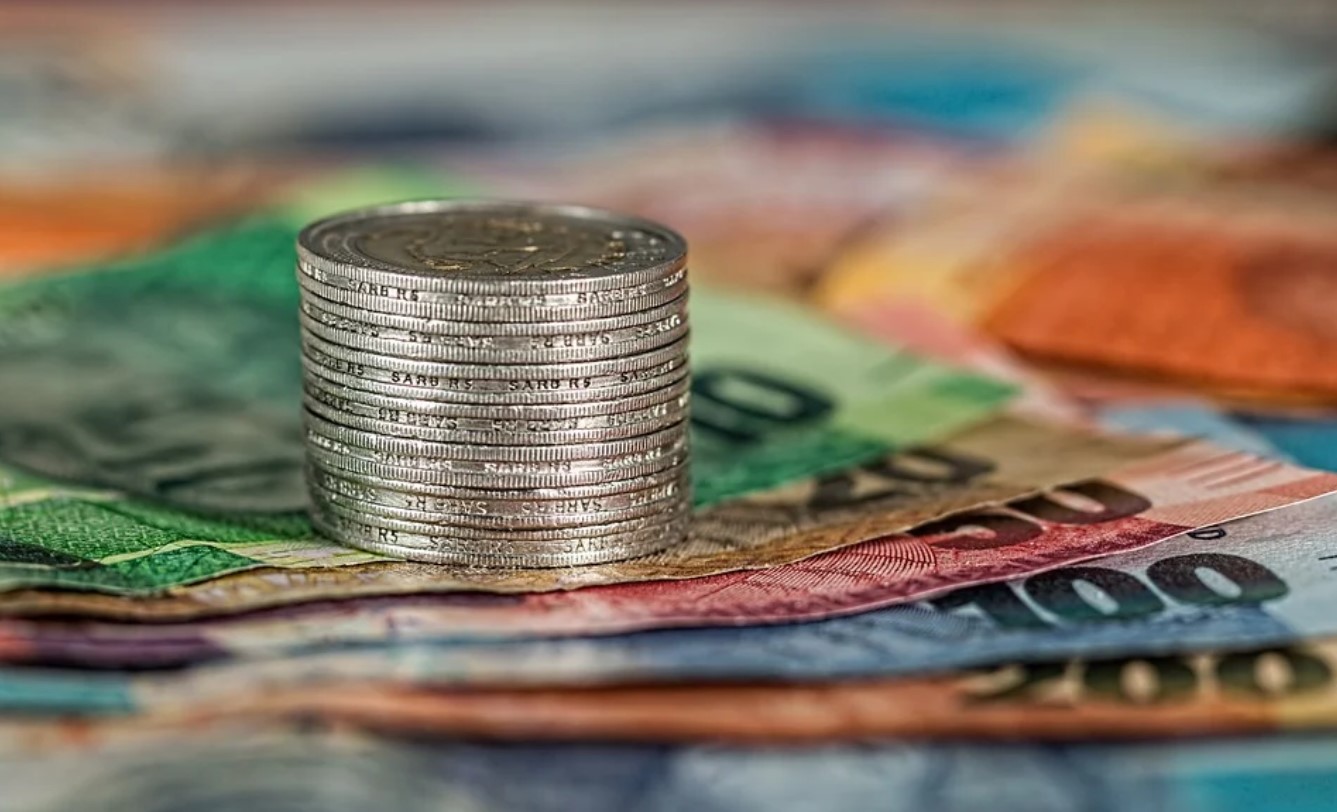
There are many different types of loans that require a borrower to pay back a certain amount with interest. Some loans have fixed interest rates, while others have variable rates. Even if they’re all considered “fixed rate” loans, they can vary greatly depending on the amount you borrow and what kind of loan it is.
Personal Loans
If you’re looking for a personal loan, the average interest rate is around 15%. It’s important to note that this is an average, and it could change depending on your credit score. For example, if you have a low FICO score (between 300-659), your personal loan interest rate could be as high as 17%.
Auto Loans
The average interest rate for auto loans is 4.5%, according to Experian’s State of Auto Sales Report in January 2019. On average, borrowers spend 66 months paying off their car and put down a down payment of $7,000. The average age of a new automobile buyer is 37, although younger buyers are more likely to take out longer loans and older people tend to borrow less money than younger people.
To qualify to refinance auto loans borrowers typically need to have a good credit history and a stable income. It’s also helpful to shop around for the best interest rates and terms before applying. In some cases, the lender may require a new appraisal of the vehicle as part of the loan application process.
Credit Card Rates
Credit card rates are dependent on your credit score. The higher your credit score, the lower your interest rate will be. Low-credit individuals tend to pay higher interest rates than those with high credit scores, so it’s important to keep this in mind when applying for a loan.
Home Improvement Loan Rates
The average interest rates for home improvement loans vary greatly depending on what type of loan is being secured and other factors such as credit score and income. The following table from CreditKarma shows some examples of different types of home improvement loans and their corresponding APRs (annual percentage rates):
- Conventional Home Improvement Loan – 7% fixed APR
- FHA 203(k) Rehabilitation Loan – 4% fixed APR
It’s important to keep in mind that the interest rate you qualify for will also depend on your personal financial situation, including your income, credit history, and debt-to-income ratio.
Mortgage Refinancing Rates
Let’s assume that you have a mortgage with a balance of $200,000 and an interest rate of 4.25%. You want to see if it makes sense to refinance your loan to get a better rate.
You can save money by refinancing your mortgage, but your savings will depend on the amount of cash available for closing costs and how much lower the new interest rate is than what you’re currently paying.
Student Loan Rates
You may have heard that interest rates are rising on student loans. But what does that mean?
It means that if you’re a student or parent who has taken out a federal loan to help pay for college, your monthly payment will be increased.
As per the experts at Lantern by SoFi, “To analyze interest on student loans more closely, the federal loan’s interest rate is determined by the financial index (the 10-year Treasury Note) plus a margin, approved by the U.S. Congress.” And unless Congress passes legislation to change the average student loan interest rate (which could happen), this increase will stay in place for at least the next ten years.
The good news is that there are two types of federal student loans: subsidized and unsubsidized. These two types have different interest rates and payment plans, but both are subject to change over time.
The average interest rates for loans are constantly changing, so it’s important to stay up to date on the latest rates so that you can compare offers from different lenders before choosing one. We hope this article gave you some insight into the current trends and helped answer some questions about how much you might be paying when taking out a loan.

